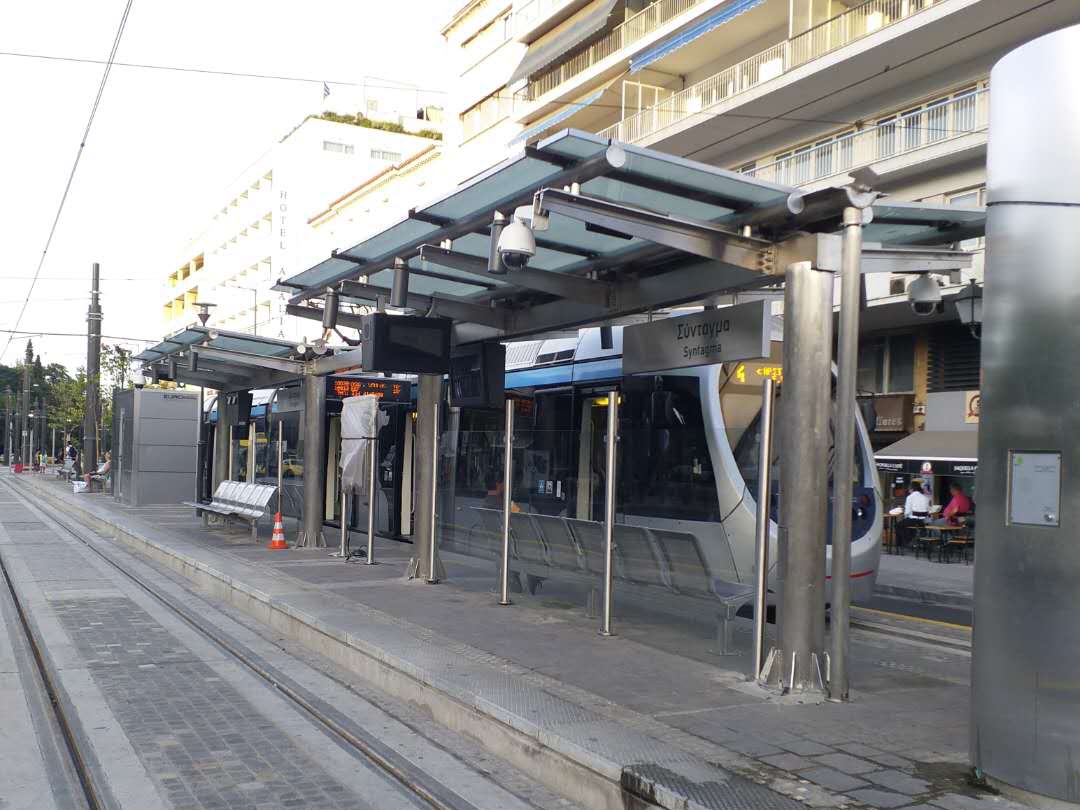In recent years, smart bus stations abroad have revolutionized the way people commute, offering a plethora of advantages that enhance the overall transportation experience. These innovative hubs integrate cutting-edge technology with urban infrastructure, promising efficiency, sustainability, and convenience. Here are some key benefits they bring:1. Real-Time Information: One of the primary advantages of smart bus stations is the provision of real-time information. Passengers can access updates on bus schedules, arrival times, and route changes through digital displays or mobile applications. This empowers commuters to plan their journeys more effectively, reducing waiting times and minimizing uncertainty.
2. Enhanced Accessibility: Smart bus stations are designed with accessibility in mind, catering to the needs of diverse users, including those with disabilities and special requirements. Features such as tactile paving, wheelchair ramps, and audio announcements ensure that everyone can navigate the station safely and independently, promoting inclusivity within the public transportation system.
3. Integrated Services: These stations often serve as multifunctional hubs, offering integrated services beyond basic transportation. They may include amenities such as bicycle rental docks, electric vehicle charging points, Wi-Fi hotspots, and retail outlets. By providing additional conveniences, smart bus stations contribute to the development of vibrant urban spaces and foster a sense of community engagement.

4. Environmental Sustainability: With a growing emphasis on environmental sustainability, smart bus stations play a crucial role in promoting eco-friendly modes of transportation. Many incorporate features such as energy-efficient lighting, solar panels, rainwater harvesting systems, and green landscaping. By reducing energy consumption and carbon emissions, these stations contribute to the mitigation of environmental impact and support the transition towards greener mobility solutions.
5. Safety and Security: Advanced security measures are integral to smart bus stations, ensuring the safety of passengers and property. Surveillance cameras, emergency call boxes, and well-lit areas help deter crime and provide reassurance to travelers, particularly during off-peak hours. Moreover, integrated emergency response systems enable swift assistance in case of accidents or medical emergencies, enhancing overall safety within the transportation network.
6. Data-driven Insights: Smart bus stations generate a wealth of data through various sensors and monitoring systems. This data can be leveraged by transportation authorities to analyze passenger trends, optimize routes, and improve service efficiency. By harnessing insights derived from analytics, decision-makers can make informed decisions to enhance the overall performance and reliability of public transportation systems.
7. Promotion of Public Transit Usage: By offering a seamless and user-centric experience, smart bus stations contribute to the promotion of public transit usage. The integration of modern amenities, coupled with reliable information and sustainable practices, encourages more people to choose public transportation as their preferred mode of travel. This not only alleviates traffic congestion but also reduces the carbon footprint associated with individual car usage, fostering a more sustainable urban environment.
The smart bus stations abroad represents a significant advancement in urban transportation infrastructure. By leveraging technology to enhance accessibility, efficiency, and sustainability, these hubs redefine the commuting experience, ultimately contributing to the development of smarter, more livable cities.








 Share to:
Share to: